Filter by

Structure and Interpretation of Computer Programs, Second Edition
Structure and Interpretation of Computer Programs has had a dramatic impact on computer science curricula over the past decade. This long-awaited revision contains changes throughout the text. There are new implementations of most of the major programming systems in the book, including the interpreters and compilers, and the authors have incorporated many small changes that reflect their experi…
- Edition
- Ed. 2
- ISBN/ISSN
- 9780262011532
- Collation
- -
- Series Title
- -
- Call Number
- -
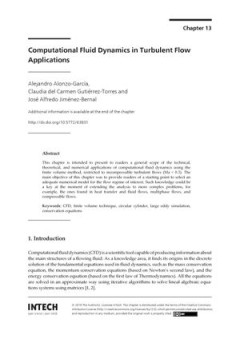
Computational Fluid Dynamics in Turbulent Flow Applications
This chapter is intended to present to readers a general scope of the technical, theoretical, and numerical applications of computational fluid dynamics using the finite volume method, restricted to incompressible turbulent flows (Ma < 0.3). The main objective of this chapter was to provide readers of a starting point to select an adequate numerical model for the flow regime of interest. Such k…
- Edition
- -
- ISBN/ISSN
- 9789535125648
- Collation
- -
- Series Title
- -
- Call Number
- -
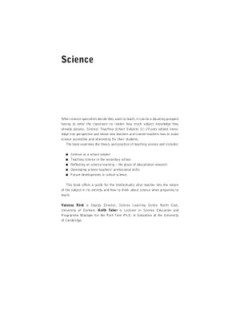
Science
In recognizing that new teachers often feel disempowered by the subject expertise they bring into teaching, this book not only covers the training standards for NQTs and the Induction Standards, but takes the reader beyond this by fully exploring issues relating to subject knowledge in learning to teach. Divided into three sections the book covers: framing the subject - defining subject knowled…
- Edition
- -
- ISBN/ISSN
- 9780203020753
- Collation
- -
- Series Title
- -
- Call Number
- -
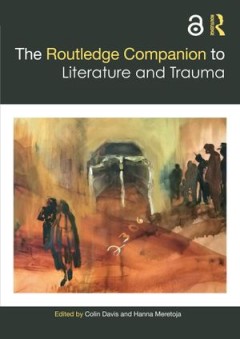
The Routledge Companion to Literature and Trauma
Literary trauma studies is a rapidly developing field which examines how literature deals with the personal and cultural aspects of trauma and engages with such historical and current phenomena as the Holocaust and other genocides, 9/11, climate catastrophe or the still unsettled legacy of colonialism.The Routledge Companion to Literature and Trauma is a comprehensive guide to the history and t…
- Edition
- Edisi 1
- ISBN/ISSN
- 9781351025201
- Collation
- -
- Series Title
- -
- Call Number
- -
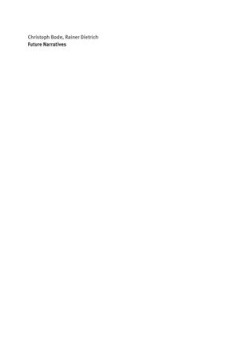
Future Narratives: Theory, Poetics, and Media-Historical Moment
This head volume of the ´Narrating Futures` series defines and identifies Future Narratives. It parses their characteristic features and aims at an abstract classification of the whole corpus, irrespective of its concrete manifestations across the media. Drawing on different theorems and approaches, it offers a unified theory and a poetics of Future Narratives. Locating the media-historical mo…
- Edition
- -
- ISBN/ISSN
- 9783110272376
- Collation
- -
- Series Title
- -
- Call Number
- -

The Fulfillment of the Scriptures: Abraham, Moses, and Piers
Ruth M. Ames’s The Fulfillment of Scriptures approaches Langland’s key medieval text, Piers Plowman, using critical literary methods developed in interdisciplinary programs that explore the intersections of religion and literature. Ames draws on the history of the development of Christian doctrine as she explores the ways that the allegory of Piers parallels the story of Jesus in Christian …
- Edition
- -
- ISBN/ISSN
- 9780810138216
- Collation
- -
- Series Title
- -
- Call Number
- -
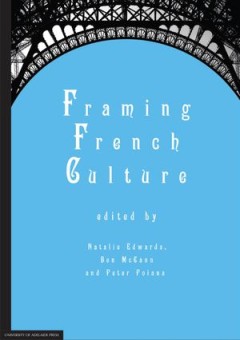
Framing French Culture
Throughout this book, the concept of framing is used to look at art, photography, scientific drawings and cinema as visually constituted, spatially bounded productions. The way these genres relate to that which exists beyond the frame, by means of plastic, chemically transposed, pencil-sketched or moving images allows us to decipher the particular language of the visual and at the same time cir…
- Edition
- -
- ISBN/ISSN
- 9781922064875
- Collation
- -
- Series Title
- -
- Call Number
- -
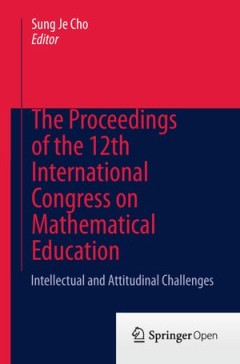
BOOK 2015 0 The Proceedings of The 12Th international Congress …
- Edition
- -
- ISBN/ISSN
- 9783319106854
- Collation
- -
- Series Title
- -
- Call Number
- -
- Edition
- -
- ISBN/ISSN
- 9783319106854
- Collation
- -
- Series Title
- -
- Call Number
- -

Problem Solving in Mathematics Education
- Edition
- -
- ISBN/ISSN
- 9783319407296
- Collation
- -
- Series Title
- -
- Call Number
- -
- Edition
- -
- ISBN/ISSN
- 9783319407296
- Collation
- -
- Series Title
- -
- Call Number
- -
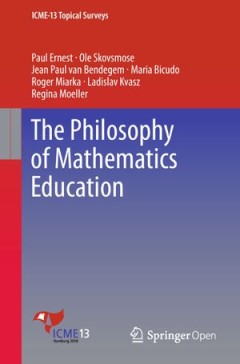
The Philosophy of Mathematics Education
- Edition
- -
- ISBN/ISSN
- 9783319405681
- Collation
- -
- Series Title
- -
- Call Number
- -
- Edition
- -
- ISBN/ISSN
- 9783319405681
- Collation
- -
- Series Title
- -
- Call Number
- -
 Computer Science, Information & General Works
Computer Science, Information & General Works  Philosophy & Psychology
Philosophy & Psychology  Religion
Religion  Social Sciences
Social Sciences  Language
Language  Pure Science
Pure Science  Applied Sciences
Applied Sciences  Art & Recreation
Art & Recreation  Literature
Literature  History & Geography
History & Geography